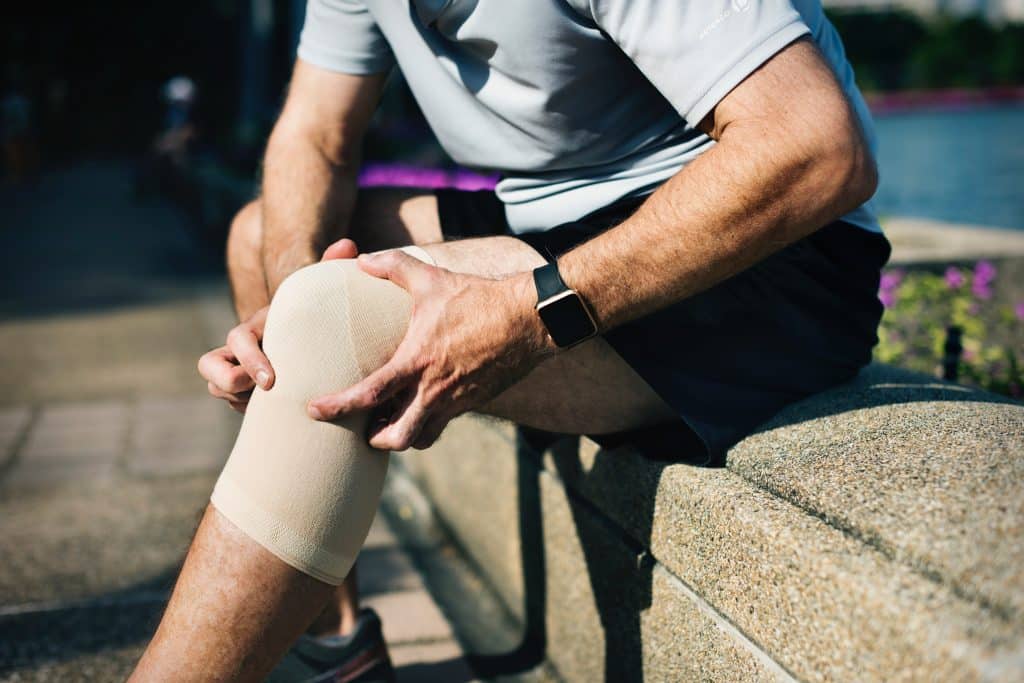How To Best Manage Soft Tissue Injuries
Introduction
Recovery from soft tissue injuries can be complicated. This is because the evidence has changed over the years as to the best way to deal with them. At the Pro Chiro clinic, we see lots of sports injuries and often get asked on the best way to deal with soft tissue injuries. This blog is an introduction into soft tissue injury management.

Acronyms
For soft tissue injuries, many acronyms have been used over the years. These acronyms have changed from ICE to RICE (rest, ice, compress, elevate), then to PRICE (protect, rest, ice, compress, elevate). This then changed to POLICE (Protect, optimally-load, ice, compress, elevate). In fact, the POLICE acronym is actually fairly new and many healthcare practitioners are still advising their patients of RICE or PRICE principles.
Although widely known, the evidence supporting the elements of these treatments is limited. ICE/RICE/PRICE focus on short term management, ignoring the medium and long term stages of tissue healing.
PEACE and LOVE
A combination of two new acronyms has been suggested to help speed up the recovery of soft tissue injuries. These acronyms include both short term (PEACE) and long term (LOVE) stages of the injury healing time frame.
PEACE & LOVE is better than previous acronyms as it stresses the importance of being as educated as possible and proactive about injuries. This allows a speedier recovery from soft tissue injuries to occur. In addition, this new combination of acronyms flags the potential harmful effect of anti-inflammatory medications.

Immediately after a soft tissue injury, let PEACE guide you.
P for Protect
Limit movement for 1 to 3 days after injury to minimise bleeding, prevent swelling of the injured area and reduce the risk of aggravating the injury. Rest should be limited as prolonged rest can reduce tissue strength and delay healing.
E for Elevate
Elevate the limb higher than the heart to reduce the swelling.
A for Avoid anti-inflammatory modalities
Anti-inflammatory medications (such as ibuprofen) may potentially be harmful for long-term tissue healing. Short term inflammation is actually a very helpful stage of the healing cycle. Limiting this process using medication could therefore stop the injury healing properly.
Another thing to question is using ice for short term injuries. Despite widespread use, there is no high-quality evidence on the usefulness of ice for treating soft tissue injuries.
C for Compress
Applying external pressure to the injury using taping or bandages helps reduce swelling and tissue damage.
E for Educate
Everyone should be educated on the benefits of an active approach to recovery from an injury. Therapists should educate patients on the benefits of an active approach to recovery. Better education on the actual condition and how to properly strengthen the injured area will help avoid over-treatment. This has been suggested to increase the likelihood of injections or surgery and higher costs to healthcare systems because of disability compensation (e.g. in low back pain). Therefore, setting realistic expectations with regards to tissue healing times is a very helpful thing to do.

After the first days have passed, soft tissues need LOVE.
L for Load
An active approach with movement and exercise benefits most muscular and joint issues. An exercise approach should be used early within the recovery process, as soon as symptoms allow.
Loading the injured area with exercises without increasing pain levels speeds up repair and strengthens the injured muscle or ligament.
O for Optimism
The brain plays a key role in injury recovery. Psychological factors such as excessive worrying, depression and fear can represent barriers to recovery. These factors are thought to be more important to the symptom levels than the amount of tissue damage.
Pessimistic expectations are also associated with poor outcomes and a slower recovery.
V for Vascularisation
Physical activity that includes cardiovascular components (such as running, cycling, swimming etc) represents a cornerstone in the management of muscle and joint injuries.
Pain-free cardiovascular activity should be started a few days after injury to boost motivation and increase blood flow to the injured structures. Obviously the type of exercise will depend on where the injury is and the severity.
E for Exercise
Exercises will help to restore mobility and strength early after injury. This in turn will reduce the likelihood of re-injury. Pain should be avoided to ensure speedy repair during the medium-term phase of recovery, and should be used as a guide for progressing exercises to greater levels of difficulty.
Conclusion
Managing soft tissue injuries should be more than short-term damage control. Similar to other injuries, we should be aiming for long term recovery and injury prevention. If you want any further information, please read through this blog written by the creators of PEACE and LOVE, who go into this topic in far more detail. For more information on how sports chiropractic treatment can help speed up recovery from soft tissue injuries, read through this page.




